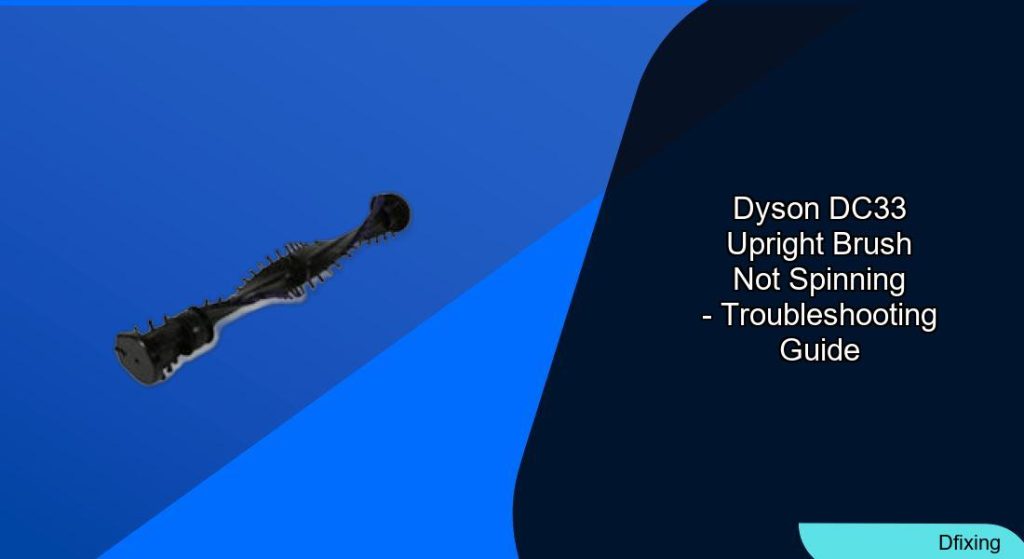The Dyson DC33 upright vacuum is a reliable cleaning companion, but when its brush roll stops spinning, it can leave floors uncleaned and users frustrated. This issue often stems from mechanical problems like clutch misalignment, clogged filters, or damaged hoses. In this article, we’ll walk you through how to diagnose and resolve the problem, whether you’re a DIY enthusiast or considering professional help. You’ll learn practical troubleshooting steps, maintenance tips, and insights to keep your vacuum running smoothly.
Affiliate disclosure: As an Amazon associate, We'll earn a commission for every successful order through our affiliate links in the article. However, you won’t be charged anything for this.
Understanding the root cause is key to fixing the DC33’s brush roll issue. From simple fixes like removing debris to more complex repairs like clutch replacement, this guide covers it all. We’ll also highlight user experiences, cost-effective solutions, and tools required for DIY fixes. Whether your vacuum is struggling on carpets or hardwood floors, this article will empower you to tackle the problem confidently.
Troubleshooting Brush Roll Issues
The Dyson DC33’s brush roll may stop spinning due to several factors. Common symptoms include reduced suction, a stationary brush roll, and unusual noises. These issues often arise from mechanical wear, debris buildup, or clutch alignment problems. For example, the brush roll is designed to stop spinning in hard-floor mode, but if it fails to engage on carpets, further investigation is needed.
Begin by checking basic factors:
– Power supply: Ensure the vacuum is plugged in and the outlet is functional.
– Floor mode setting: Confirm the brush roll isn’t disabled in hard-floor mode.
– Debris blockages: Hair, string, or dust can the brush roll, preventing rotation.
If these checks don’t resolve the issue, dig deeper into internal components.
DIY Brush Roll Repair: Step-by-Step
Step 1: Remove and Clean the Brush Roll
- Tools: Use a Torx T10 screwdriver to remove the housing cover.
- Debris removal: Clear tangled hair or fibers with scissors or a cleaning brush.
- Manual rotation: Spin the brush roll by hand. If it resists movement, inspect bearings or gears for damage.
If the brush roll is difficult to spin even after cleaning, the brush roll itself might be damaged or worn. Replacing it can restore proper function.

Complete replacement set with belts and end caps for DC33 models
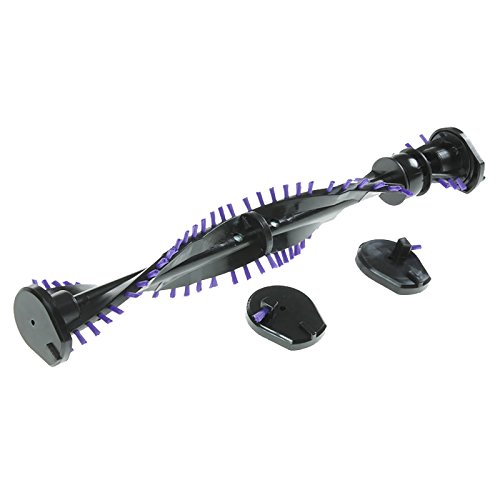
Health-focused brush with satisfaction guarantee and easy installation

Precision-fitted brushroll with verified dimensions and part numbers
Step 2: Inspect Critical Components
- Clutch alignment: In carpet mode, the clutch should allow the brush roll to spin freely. Misalignment can cause the belt to slip.
- Hose integrity: Check for cracks or holes that reduce suction.
- Filters: A clogged pre-motor filter (e.g., filled with flour) can impair performance. Rinse HEPA and dust bin filters every three months.
A clean filter is essential for optimal vacuum performance. If your filters are damaged or excessively dirty, consider replacing them.
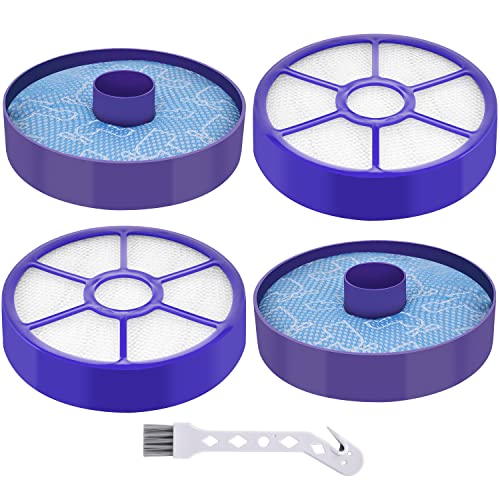
Comprehensive set with cleaning brush and extended filter life
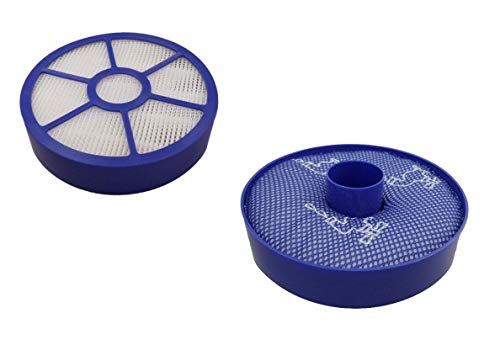
Budget-friendly set with manufacturer warranty

Premium filtration for improved air quality
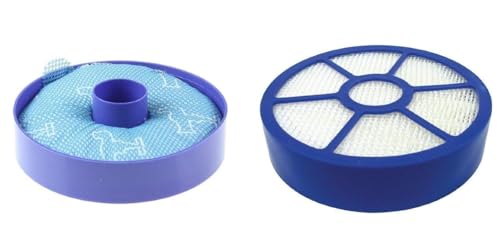
Cost-effective set with daily cleaning benefits
Step 3: Replace Worn Parts
- Brush roll: If bristles are worn or the shaft is damaged, replace it.
- Clutch mechanism: A faulty clutch may require a rebuilt or aftermarket replacement ($15–$40).
- Belts: Replace stretched or broken belts to restore brush roll function.
If the belt is stretched or broken, it won’t properly transfer power to the brush roll. Replacing the belt can restore its functionality.
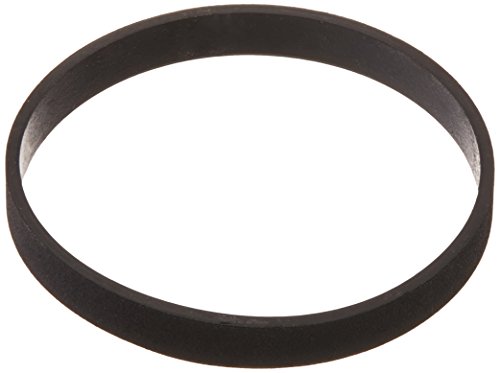
Official Dyson replacement belt for DC33 models
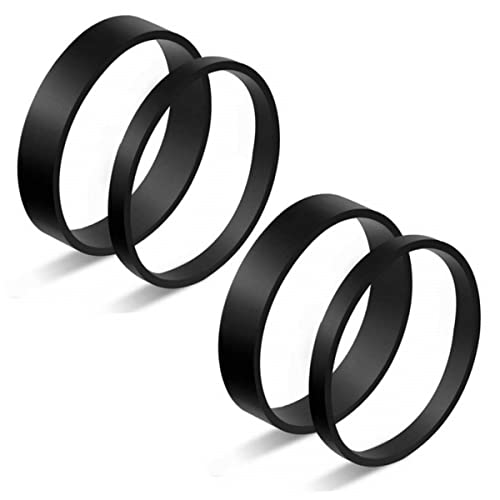
Affordable 2-pack elastic rubber belts for DC33
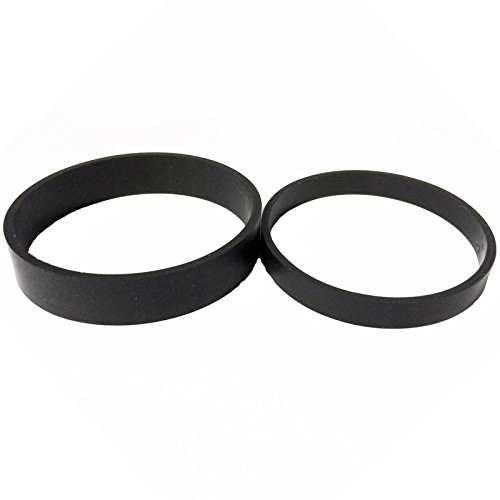
Budget-friendly 2-pack rubber belts for DC33

Value pack of 4 durable rubber belts for DC33
Clutch Misalignment: Causes and Fixes
Symptoms
- Brush roll struggles to spin in carpet mode.
- A lack of the characteristic “ratcheting” sound when manually stopping the brush roll.
Solution
- Realign the clutch: Ensure the vacuum head aligns with the clutch groove.
- Use specialized tools: A clutch tool or Torx T15 screwdriver may be needed for deeper repairs.
- Professional help: If DIY adjustments fail, consult a repair shop for precise clutch replacement.
If realigning the clutch doesn’t work, the clutch itself might be damaged. Replacing it can solve the issue.

Authentic Dyson clutch assembly for DC33 with drive belts

OEM-authorized clutch and belt set for DC33
Hose Damage and Suction Loss
Signs of a Faulty Hose
- Reduced suction power.
- Visible cracks or holes in the hose.
Repair Steps
- Inspect the hose: Squeeze gray tabs to detach the internal passage and clear blockages.
- Replace damaged hoses: Purchase a replacement hose (around $7–$8 for DC33 models) and install it carefully.
- Check spring tension: A degraded hose spring can reduce floor contact. Replace the spring if necessary.
A damaged or blocked hose can significantly reduce suction. Replacing it ensures optimal cleaning performance.
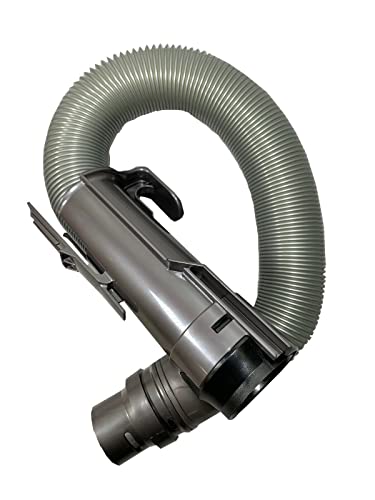
Official OEM replacement for Dyson DC33 with 920232-01 part number
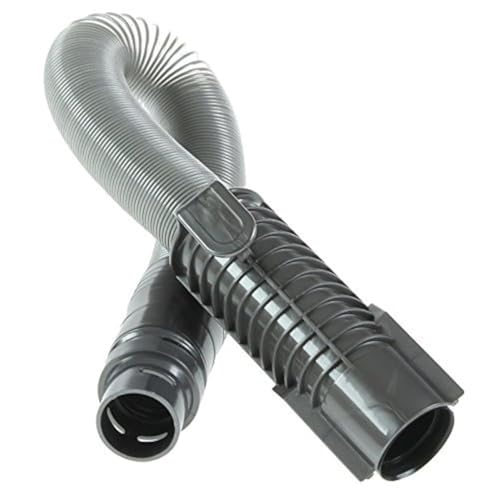
Affordable replacement with 8-foot reach for DC33 models
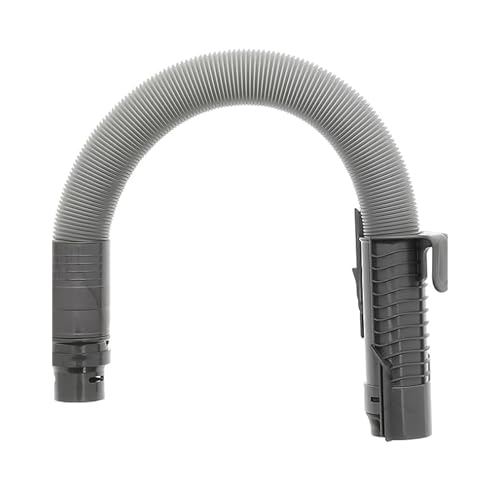
Maintains strong airflow with flexible design

Equivalent to original Dyson part for all DC33 models
Maintenance Tips for Longevity
- Regular cleaning: Remove debris from the brush roll every few weeks.
- Lubricate bearings: Apply light machine oil to ensure smooth rotation.
- Store properly: Keep the vacuum in a dry, dust-free area.
- Use correct settings: Adjust the floor mode to avoid unnecessary strain on the brush roll.
Frequently Asked Questions (FAQ)
Why won’t my DC33’s brush roll spin on carpets?
This often points to clutch misalignment, a clogged brush roll, or a broken belt. Check these components first.
How do I reset the clutch on a Dyson DC41?
Extend the beater bar fully, toggle the on/off button five times while holding the power button, and clean filters.
Can I replace the clutch myself?
Yes, but it requires tools like a Torx T15 screwdriver and snap ring pliers. Rebuilt clutches ($15–$40) are recommended.
What tools are needed for brush roll repair?
A Torx T10 screwdriver, cleaning brush, and possibly a clutch tool or snap ring pliers for advanced repairs.
How often should I clean the filters?
Rinse HEPA and dust bin filters every three months, drying them for 24 hours before reinstallation.
Conclusion
A non-spinning brush roll on your Dyson DC33 can often be resolved with basic troubleshooting. Start by clearing debris, checking clutch alignment, and inspecting the hose for damage. For persistent issues, replacing worn parts like the clutch, belts, or filters may be necessary. Regular maintenance—such as cleaning and lubricating components—can prevent future problems and extend your vacuum’s lifespan. If DIY efforts fall short, professional repair services offer expert solutions to get your DC33 back in action. By following these steps, you’ll keep your floors spotless and your vacuum running efficiently.

